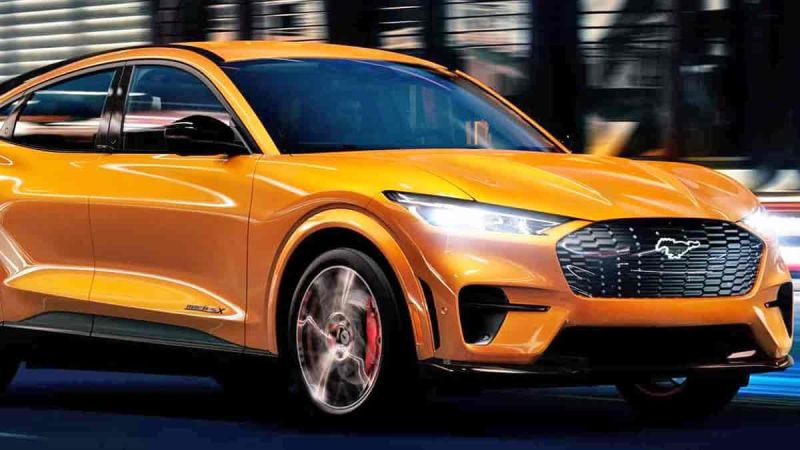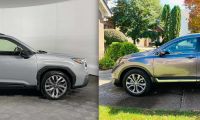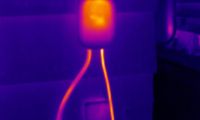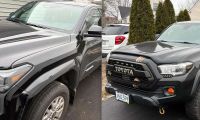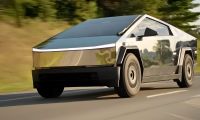Having painted a rocky picture of its earnings and profit due to the ongoing chip shortage that caused the automaker to cut back on its production, idling assembly plants, including those that built its bread-and-butter pickup and SUV models, Ford has turned things around led by a strong order bank and an improving semiconductor chip outlook.
Better-Than-Expected Results
Ford's better-than-expected operating results in the second quarter of 2021 allowed the automaker to roll out its plans further. At the same time, the carmaker was able to manage its semiconductor supply shortages. The automaker calls its plans for the future Ford+.
"Ford+ is about creating distinctive products and services, always-on customer relationships, and user experiences that keep improving," said Jim Farley, Ford's president, and CEO. "And it's already happening – there are great examples everywhere you turn at Ford, and the benefits for our customers and company will stack up over time."
Among Ford+ achievements during Q2, Farley pointed to:
- Mustang Mach-E, already ranking No. 2 in sales among all-electric sport utility vehicles in the United States just seven months after shipments to customers began and recently named "Electric Vehicle of the Year" by Car and Driver magazine
- F-150 Lightning – an electric version of the most popular vehicle in the U.S. for more than 40 years – generating 120,000 reservations since its unveiling in May, about three-quarters of them from customers who are new to Ford
- The Maverick, an upcoming five-passenger small pickup with a targeted EPA-estimated rating of 40 miles per gallon in the city and a price that starts at less than $20,000
- Ford Pro, the new standalone commercial vehicle services and distribution business adding seamless E.V. charging and energy-management services in June with Ford's acquisition of Electriphi
- The proprietary Blue Oval Intelligence software stack initiating over-the-air software updates to customer vehicles, with more than 95% of Mustang Mach-E owners opting in for the service, updates delivered to more than 150,000 vehicles of all types so far this year, and four times the number of OTAs expected to be performed by the end of 2021, and
- Ford, Argo AI, and Lyft – in an industry-first collaboration – announcing last week they will deploy Ford driverless vehicles on the Lyft network, starting later this year in Miami.
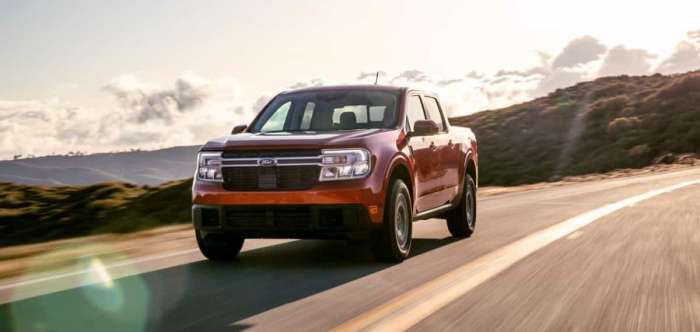
Maverick A Key In Plans
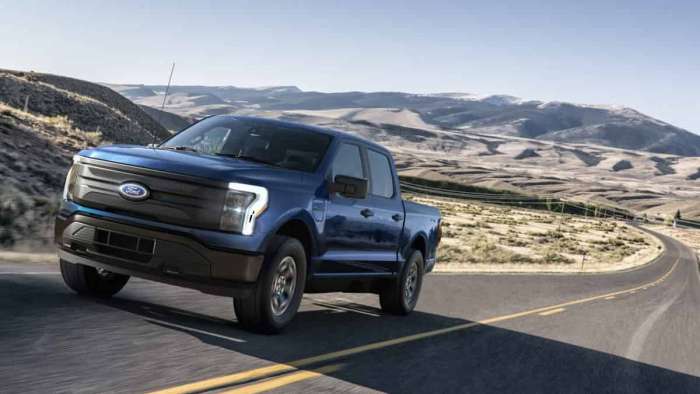 Ford Beat Its Own Prediction
Ford Beat Its Own Prediction
In April, with the semiconductor situation worsening, Ford said it expected to lose about 50 percent of its planned second-quarter production, which would have resulted in a loss in the period.
Ford did better than expected, leveraging strong demand to optimize revenue and profits through lower incentives and a favorable mix of vehicles, which generated company-wide adjusted earnings before interest and taxes of $1.1 billion.
With virtually all of the auto industry's worldwide manufacturing shut down by the global pandemic for much of second-quarter 2020, Ford's automotive business grew in the most recent period against key financial measures on a year-over-year basis.
The second-quarter cash flow from operations was $756 million. Adjusted free cash flow was negative $5.1 billion, reflecting the expected more significant effect of semiconductor-related volume losses because of adverse working capital and timing differences.
Cash and liquidity remain very strong – $25.1 billion and $41.0 billion, respectively, at the end of the quarter.
Automaker On A New Path
"We're on a new path, with the Ford+ plan, financial flexibility, and a resolve to make us an even stronger company," said CFO John Lawler. "We're developing connected, high-quality vehicles and services that are great for customers and profitable for Ford."
Ford's auto business in North America delivered positive results in the quarter on a year-over-year increase of $1.1 billion.
Exiting the second quarter, the combined U.S. customer-sold retail order bank for Mustang Mach-E and other Ford vehicles were seven times larger than at the same point in 2020. With additional current and anticipated demand for models including the Bronco SUV and, later, Maverick and F-150 Lightning pickups, Farley said the business is "spring loaded" for a rebound when semiconductor supplies stabilize and more closely match demand.
Strategic turnarounds of company business units outside of North America remain on track. The aggregate second-quarter return in those regions improved by $828 million year-over-year but was down from Q1. The sequential drop was primarily attributable to a 35% sequential decline in wholesales in Europe related to semiconductor availability.
Ford's transformation in Europe is supported by persistent, growing strength with commercial customers, now through Ford Pro, and significant investments in electric vehicles. The spending on Electric Vehicles (EV) includes $1 billion for a new manufacturing center rising in Cologne, the planned spring 2022 regional launch of E-Transit commercial vans, and a light all-electric vehicle planned for Romania.
Lincoln Played A Major China Role
Ford Credit Had Record Earnings
Ford Credit delivered record quarterly earnings before taxes of $1.6 billion. Among new
capabilities inspired by Ford+, the business is launching a new plan to provide
commercial customers with bundled financing for vehicles, services, and EV charging.
Lawler said that Ford had raised its expectation for full-year adjusted EBIT by about $3.5 billion, to between $9 billion and $10 billion. Volume is expected to increase by about 30 percent sequentially from the first to the second half of the year, driving an improvement in market factors net of production costs.
The volume benefit is anticipated to be offset by higher commodity costs, investments in the Ford+ plan, and lower earnings by Ford Credit, among other factors, with second-half adjusted earnings lower than in the first half. The half-to-half comparison is also affected by a $902 million non-cash gain on Ford's investment in Rivian that was booked in the first quarter of 2021.
Company Lifts Its Target
Additionally, the company has lifted its target for full-year adjusted free cash flow to between $4 billion and $5 billion, supported by expected favorable second-half working capital as vehicle production increases with anticipated improvement in the availability of semiconductors. Ford plans to report its third-quarter 2021 financial results on Oct. 27.
Marc Stern has been an automotive writer since 1971 when an otherwise normal news editor said, "You're our new car editor," and dumped about 27 pounds of auto stuff on my desk. I was in heaven as I have been a gearhead from my early days. As a teen, I spent the usual number of misspent hours hanging out at gas stations Shell and Texaco (a big thing in my youth) and working on cars. From there on, it was a straight line to my first column for the paper, "You Auto Know," an enterprise that I handled faithfully for 32 years. Not too many people know that I also handled computer documentation for a good part of my living while writing YAN. My best writing, though, was always in cars. My work has appeared in venues including Popular Mechanics, Mechanix Illustrated, AutoWeek, SuperStock, Trailer Life, Old Cars Weekly, Special Interest Autos, and others. You can follow me on: Twitter or Facebook.



